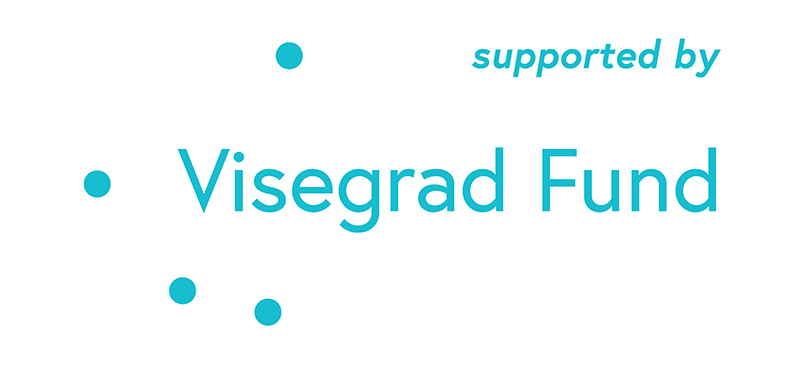Industrial technologies have come a long way since the first industrial revolution in the 18th century. The invention of water and steam power, as well as the mechanical weaving loom, revolutionized the way goods were produced. This marked the beginning of a new era in industrialization.
The first industrial revolution was followed by the second industrial revolution in the 19th century. This revolution was characterized by the use of electricity, mass production, and assembly lines. It brought about significant changes in manufacturing processes and led to increased productivity and efficiency.
The third industrial revolution, which took place in the 20th century, was marked by the rise of automation and robotics. This revolution transformed the manufacturing industry by introducing new technologies and processes that increased productivity and reduced costs.
And now, we are in the midst of the fourth industrial revolution. This revolution is characterized by digitalization and the integration of cyber-physical systems. It involves the convergence of multiple technologies such as the Internet of Things (IoT), machine learning (ML), artificial intelligence (AI), virtual reality (VR), and many more.
Unlike the previous industrial revolutions, which relied on a single dominant technology, the fourth industrial revolution is a convergence of various technologies. This convergence has the potential to transform industries and revolutionize the way we live and work.
Quality Evolution: From Caveat Emptor to Total Quality Management
Just as industrial technologies have evolved over time, so has the concept of quality. In ancient times, artisans created goods of a particular quality, and it was up to the buyer to judge the quality of the goods. This paradigm, known as "caveat emptor," prevailed until the industrial revolution.
As the industrial revolution brought about increased complexity in products and processes, a new paradigm of quality assurance (QA) emerged. This paradigm focused on ensuring the quality of products through processes such as sampling inspection and statistical tools within a scientific management framework.
The 20th century saw the establishment of quality control systems, driven by the need for global competitiveness. Businesses became equally concerned with quality improvement as they were with quality control. This led to the development of total quality management (TQM), which emphasized concepts such as organizational learning and participatory management.
The Challenges of Quality 4.0
With the advent of the fourth industrial revolution, quality professionals face a new challenge: how to align quality practices with the current industrial development. The integration of digital technologies and the rise of cyber-physical systems require a new approach to quality management.
Several conceptual frameworks and models have been proposed to address the challenges of Quality 4.0. These frameworks include the European Foundation for Quality Management (EFQM) 2020 model, the TQM in the context of the 4th IR framework, the Quality 4.0 framework combining operational technology (OT) and information technology (IT), and the LNS Research Quality 4.0 framework.
However, the major challenge lies in how organizations can transition from their current quality approach to a modern quality approach that aligns with the fourth industrial revolution. This is particularly relevant for developing countries like Tanzania, where the adoption of Quality 4.0 may be more challenging.
A Framework for Transitioning to Quality 4.0
To bridge this gap, a research study aimed to propose a framework for Tanzanian manufacturing industries to transition from traditional quality methodologies to the Quality 4.0 paradigm. The study focused on developing a Quality 4.0 transition framework based on the People-Process-Technology (PPT) meta-framework.
The framework consists of three key components: people, process, and technology. The people component emphasizes the importance of leadership, culture, and competency in driving the transition to Quality 4.0. The process component focuses on the steps and procedures required to accomplish the transition, including recognizing the need for transition, understanding the desired state, integrating people and processes, developing management systems, and ensuring compliance. The technology component highlights the technologies of the fourth industrial revolution that can be leveraged in quality management.
The framework provides a roadmap for organizations in Tanzania to transition to Quality 4.0. It helps organizations understand their current position and the changes required for the implementation of Quality 4.0. By following this framework, organizations can effectively transition from traditional quality methods to a modern quality approach that aligns with the fourth industrial revolution.
The Importance of Quality 4.0 in Manufacturing Industries
The adoption of Quality 4.0 can bring significant benefits to manufacturing industries. It can lead to increased productivity, improved product quality, reduced costs, and enhanced customer satisfaction. Moreover, Quality 4.0 enables organizations to leverage advanced technologies such as machine learning, big data analytics, and the Internet of Things to optimize their operations.
However, there are several challenges that organizations need to overcome in order to fully embrace Quality 4.0. These challenges include the lack of government infrastructure to support adoption, a skilled workforce familiar with Quality 4.0-enabled technologies, and a financial setup to support technology investment.
In conclusion, the evolution of industrial technologies and the concept of quality has paved the way for the fourth industrial revolution and the emergence of Quality 4.0. This revolution promises to revolutionize industries and change the way we live and work. The development of a Quality 4.0 transition framework provides a roadmap for organizations in Tanzania to transition to this modern quality approach. By embracing Quality 4.0, manufacturing industries can unlock new opportunities and thrive in the digital age.
Reference
Maganga D.P.; Taifa I.W.R. (2023). Quality 4.0 transition framework for Tanzanian manufacturing industries. TQM Journal, 35(6), 1417-1448, DOI: 10.1108/TQM-01-2022-0036.
